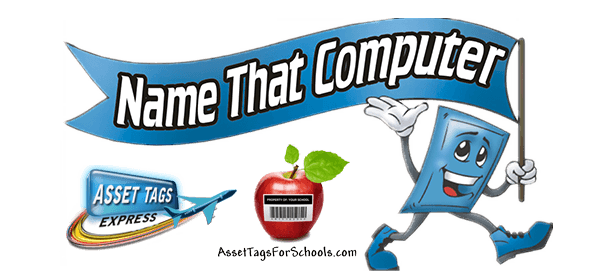In today’s highly competitive business environment, understanding how to track and keep track of assets is more important than ever. By incorporating asset tracking into their businesses, owners can easily access valuable data, which will help them monitor, manage, and protect these resources. Asset tracking can help organizations identify opportunities for improvement, reduce costs and increase efficiency.
What Is Asset Tracking
Asset tracking is the process of identifying, locating, and controlling assets in an organization. This includes monitoring and recording the movements of physical assets such as computers, furniture, and other office equipment.
Labels are usually added to the items to track assets, which contain unique identifiers such as barcodes or RFID tags. These labels can then be scanned with a tracking device, providing real-time insights.
How to Track Assets
The first asset tracking step is choosing a system that meets your business needs. Once you have chosen the best system for your needs, you can start collecting data from your assets to be tracked. This can include information such as serial numbers, purchase date, location, manufacturer, and depreciation.
When tracking assets, it’s important to regularly update your system with current information. This can be done using barcodes or RFID tags on each item. By scanning these tags when new items are added to the system, you can ensure that information is always up-to-date.
In addition, you should periodically review your asset tracking system for accuracy and completeness. Double-check all data entered into your system, and make sure any changes are reflected in your reports. This will help you stay on top of any discrepancies or errors so that you can make the necessary corrections.
Benefits of Asset Tracking
Optimizing asset use
With asset tracking, you can easily identify how and when assets are used, giving you better control over how they are allocated.
Improved security
Asset tracking helps to protect your company’s valuable resources by providing real-time visibility into the location of each item.
Accurate inventory
By keeping track of all assets, you can ensure that your inventory is always up to date and accurate. This will help reduce losses due to theft or damage.
Cost savings
Asset tracking enables businesses to make informed decisions about purchasing new items, helping them save money in the long run by avoiding unnecessary purchases.
Steps to Track Assets
Once you have your tracking system in place, there are several steps you can take to ensure that it runs smoothly.
- Ensure all employees understand how to use the system and accurately enter data.
- Conduct regular audits of your asset tracking system to identify errors or discrepancies and make corrections as needed.
- Create a tracking schedule for new assets, so you can keep track of how long they have been in use.
- Use asset tags with barcodes or RFID tags on each item for easy identification and tracking.
- Regularly review how assets are used to identify opportunities for optimization.
By following these steps, you can ensure that your asset tracking system is up-to-date and accurate. This will allow you to better manage and protect your business assets while reducing costs and improving efficiency.
The Label Is Just as Important as the Tracking System

While the tracking system is important, organizations can’t overlook the importance of labels. Name That Computer makes custom asset labels that are made to last for years and withstand harsh environments. The labels can be printed with your company’s logo or any other identifying information you choose.
Importantly, these tags make scanning and tracking assets much easier. This can significantly reduce the time it takes to identify items in your inventory, making asset tracking more efficient and cost-effective. Additionally, these labels help protect against theft by clearly identifying which items belong to your organization.
Related Topics
Where to Find the Asset Tag on a Computer?
Things to Take Into Consideration When Choosing Where to Buy Asset Tags

